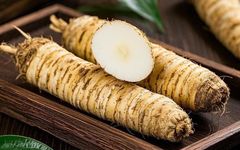Bai Shao (White Peony) is a common Chinese medicinal herb.Source: The dried root of the plant Paeonia lactiflora, belonging to the Ranunculaceae family.Appearance characteristics: It is cylindrical, uniform in thickness, and mostly straight. The surface is light brown or whitish, smooth or with longitudinal wrinkles and fine root marks. The texture is solid, not easily broken, with a cross-section that is whitish or slightly reddish-brown, waxy, with distinct ring patterns and radial textures.
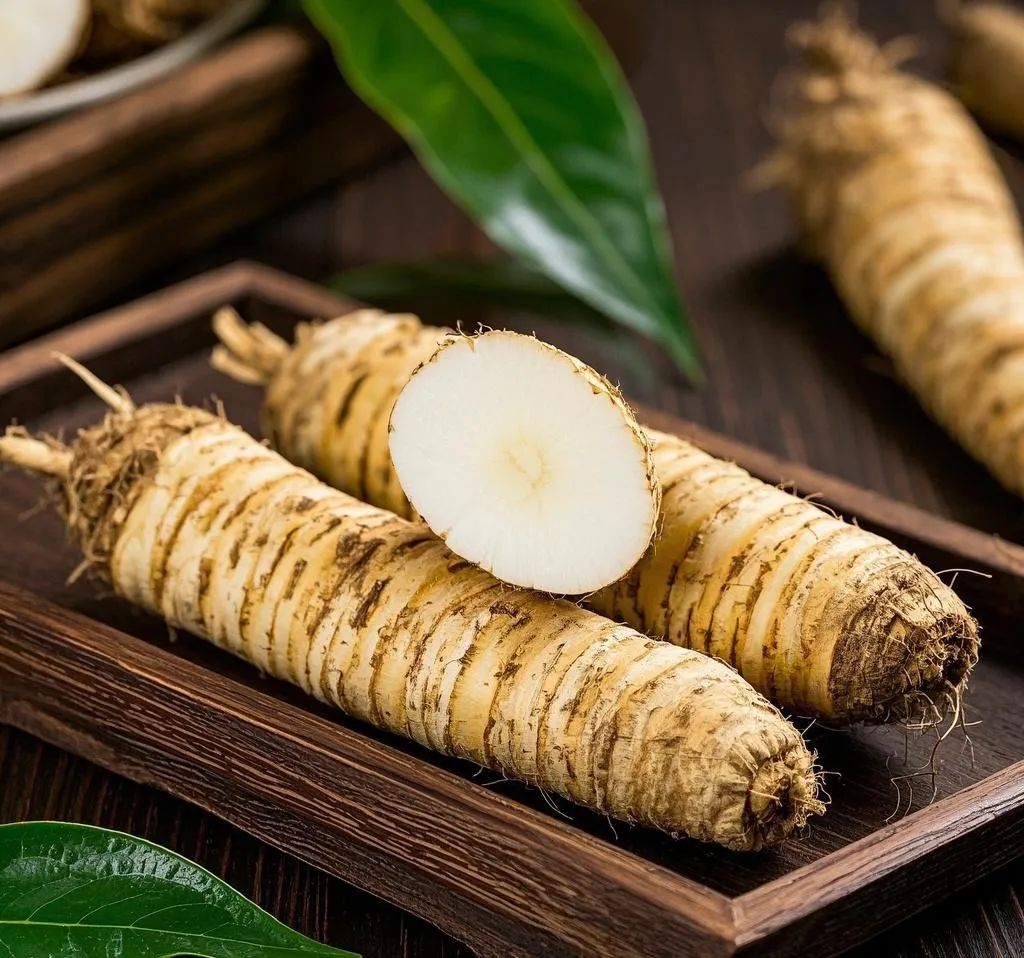
Bai Shao is mainly produced in Zhejiang, Anhui, and Sichuan provinces in China.Zhejiang Bai Shao, also known as “Hang Bai Shao,” is of excellent quality and is mostly cultivated, ranking among the top in the country for both yield and quality. Bozhou in Anhui is one of the important production areas for Bai Shao, where the locally produced Bai Shao is referred to as “Bo Bai Shao,” with a long cultivation history, producing roots that are thick, solid, and rich in powder. The “Zhongjiang Bai Shao” from the Zhongjiang area in Sichuan is also quite famous, with suitable growing conditions, high yield, and good quality, earning a good reputation in the market.1. Uses of Bai Shao:1. Internal use(1) In decoctions:This is the most common method of use. The usual dosage is 6-15 grams, which can be adjusted according to the condition and combined with other Chinese herbs, decocted in water. For example, to treat menstrual irregularities, it can be combined with Dang Gui (Angelica sinensis), Chuan Xiong (Ligusticum chuanxiong), and Shu Di Huang (Rehmannia glutinosa) in a decoction.(2) Made into pills or powders:Bai Shao can be ground into powder and mixed with other herbal powders to form pills or powders. This makes it easier to store and consume, suitable for long-term body conditioning. For instance, Bai Shao can be combined with Bai Zhu (Atractylodes macrocephala) and Fang Feng (Saposhnikovia divaricata) to create Yu Ping Feng San, which can enhance the body’s immunity.2. External use(1) Ground powder for external application:Ground Bai Shao into fine powder, mixed with an appropriate amount of water or other auxiliary materials to form a paste, applied to the affected area. This can treat local pain, swelling, etc. For example, for swelling and pain caused by trauma, it can be mixed with Hong Hua (Carthamus tinctorius) and Ru Xiang (Boswellia carterii) powder for external application.
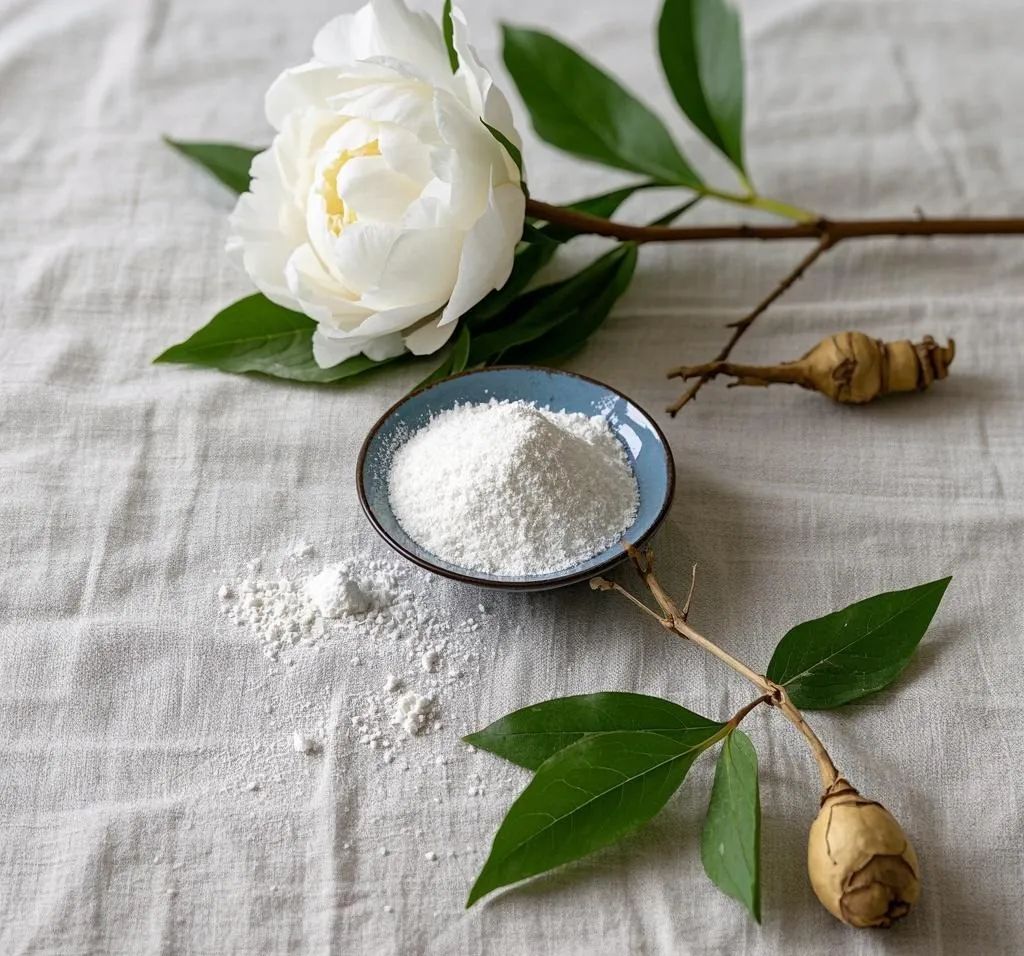
2. Efficacy and Functions
1. Nourishing blood and regulating menstruation:Commonly used to treat women’s menstrual irregularities and abdominal pain during menstruation. For instance, for women with scanty menstruation, delayed periods, and dysmenorrhea due to blood deficiency, it can be used in combination with Dang Gui and Shu Di Huang.2. Astringing yin and stopping sweating:Can alleviate symptoms of yin deficiency and night sweats. If there is excessive sweating at night and cessation of sweating upon waking, it can be used in combination with Wu Wei Zi (Schisandra chinensis) and Mu Li (Oyster shell).3. Softening the liver and relieving pain:It has a relieving effect on pain in the hypochondrium and stomach caused by liver qi stagnation. For example, in treating liver qi stagnation and hypochondriac pain, it is often used with Chai Hu (Bupleurum chinense) and Zhi Ke (Aurantii Fructus).
3. Contraindications and Precautions
Use with caution in cases of cold abdominal pain and diarrhea: Due to its cold nature, it may exacerbate symptoms of cold deficiency, leading to increased abdominal pain and diarrhea.Should not be used with Li Lu (Veratrum) together: This is part of the “Eighteen Contradictions” in Chinese medicine, and using both may cause adverse reactions.
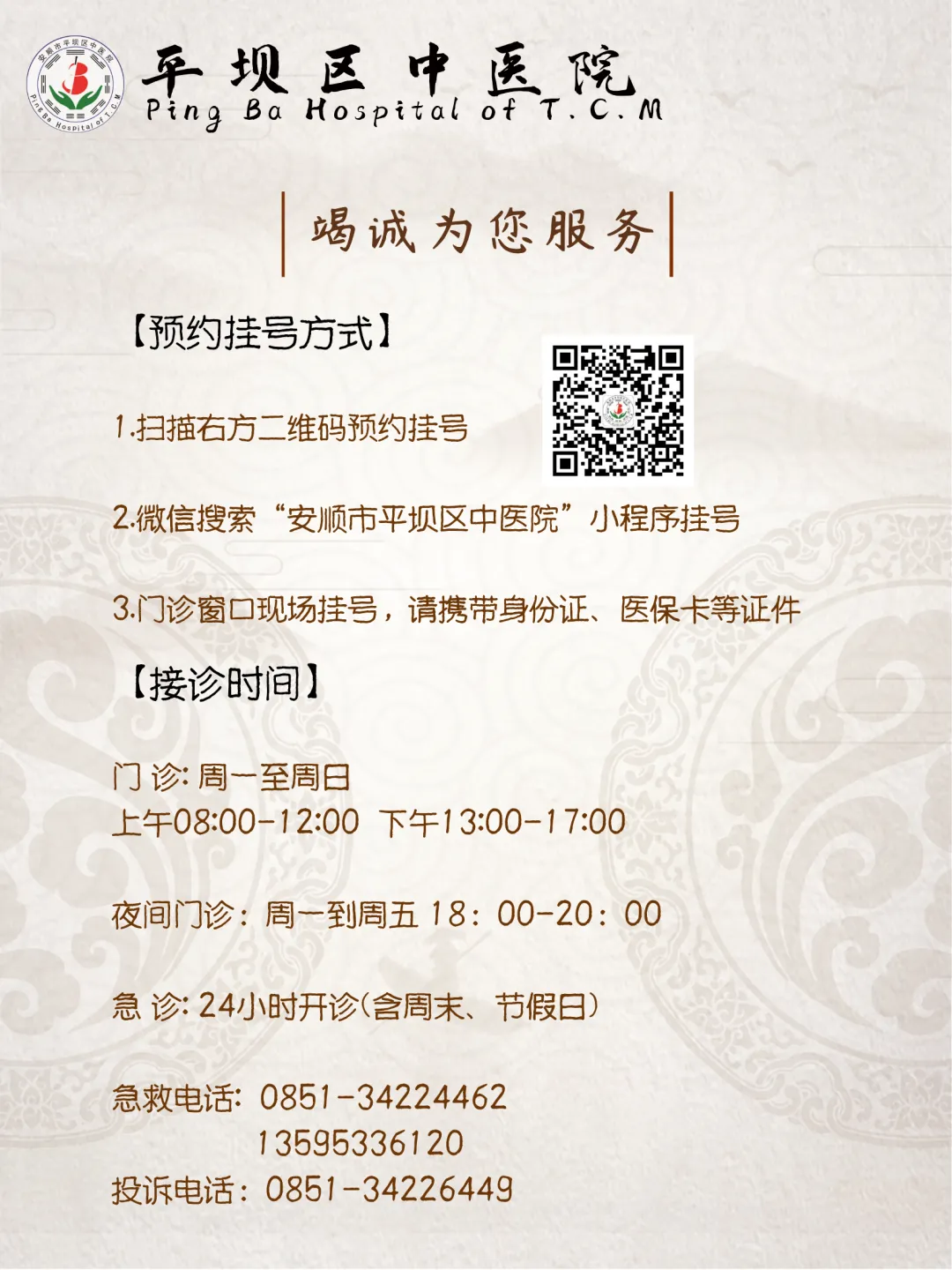
Click the card above to navigate to the hospital 
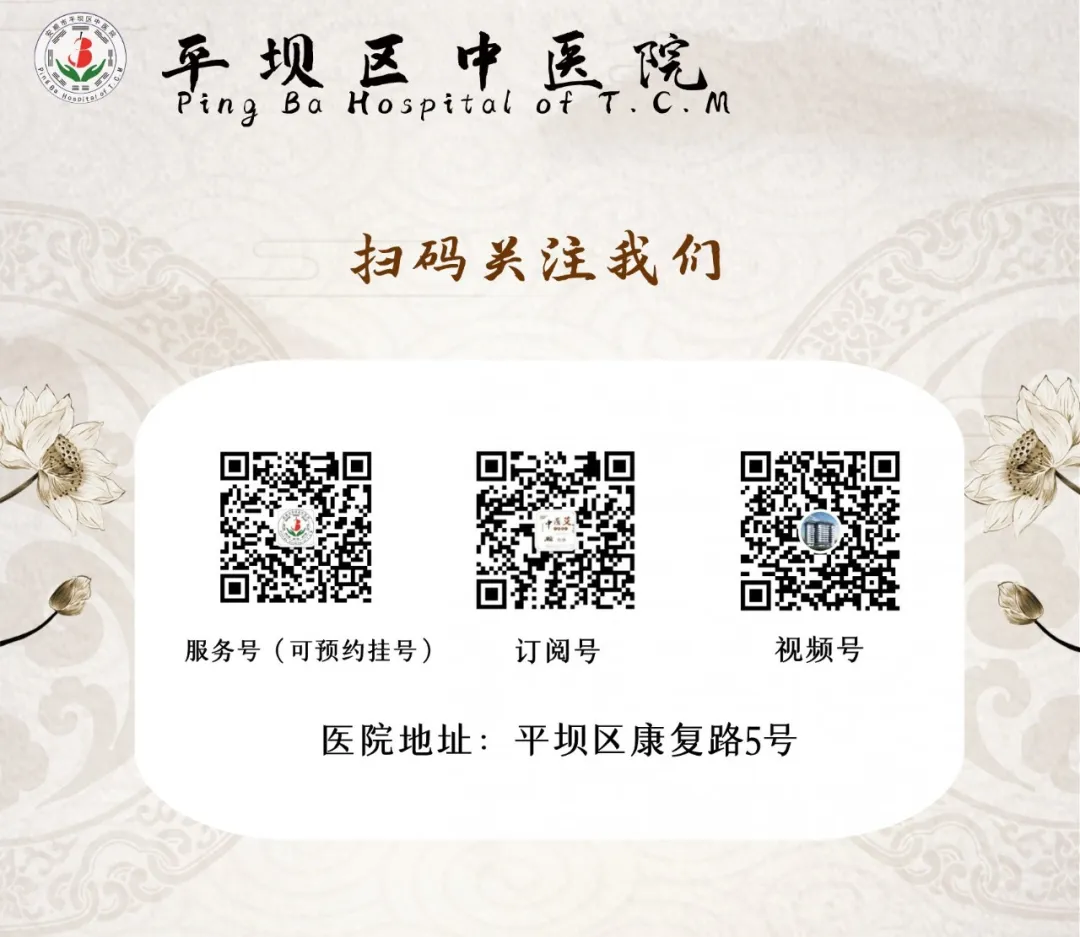
Source: Acupuncture DepartmentEditor: Li MinFirst Review: Zeng XiangfuSecond Review: Meng XingpengThird Review: Ye Zhengkun

